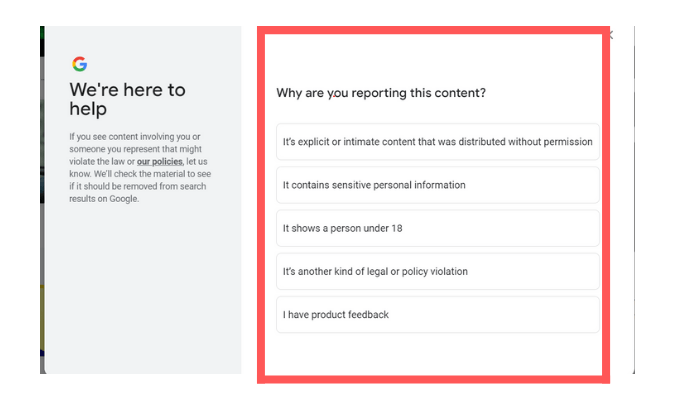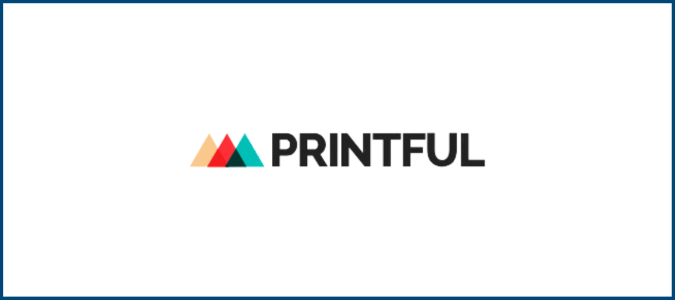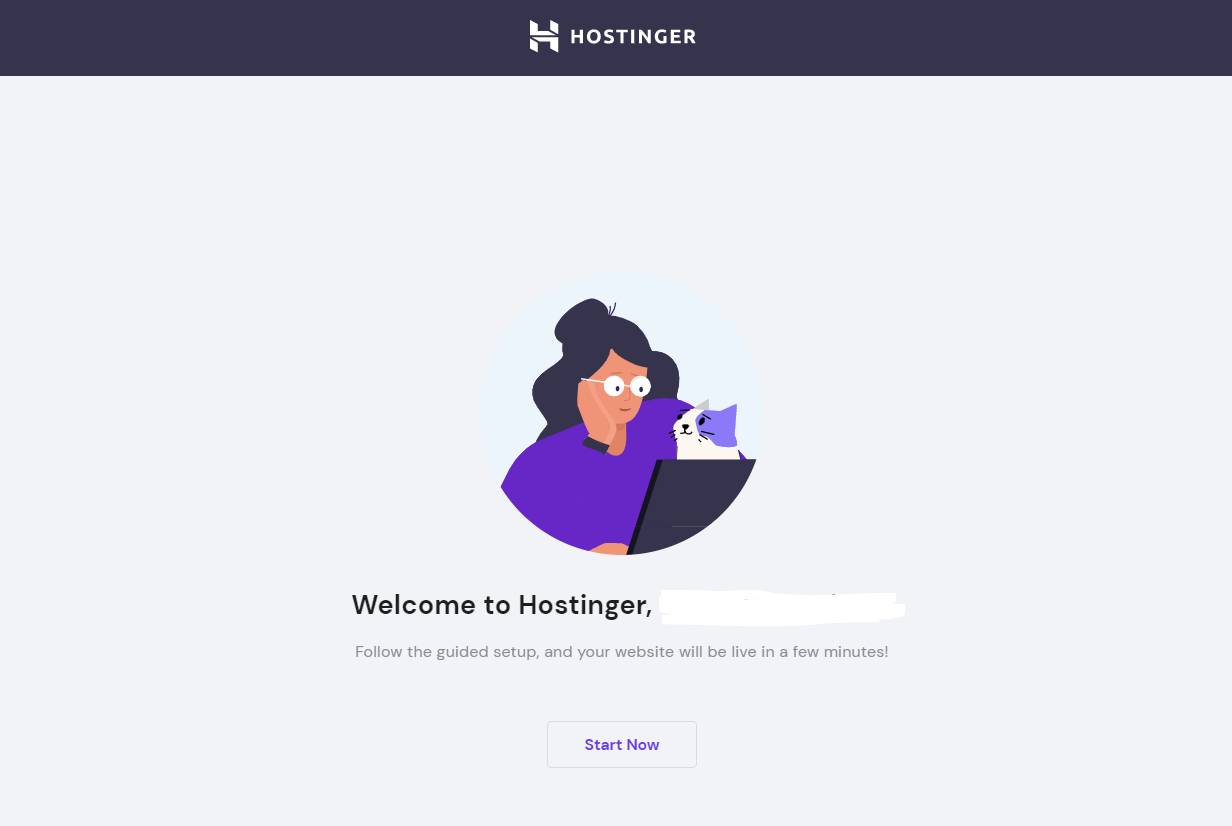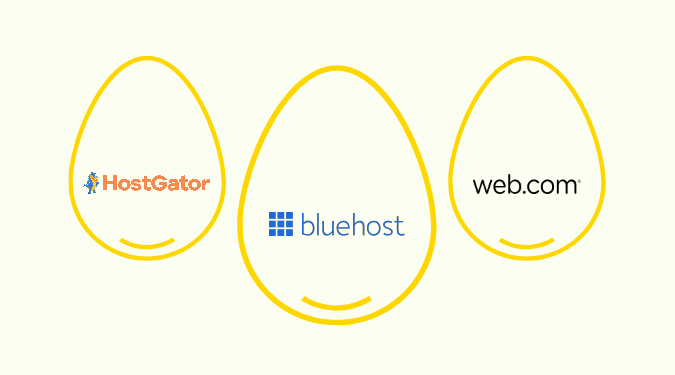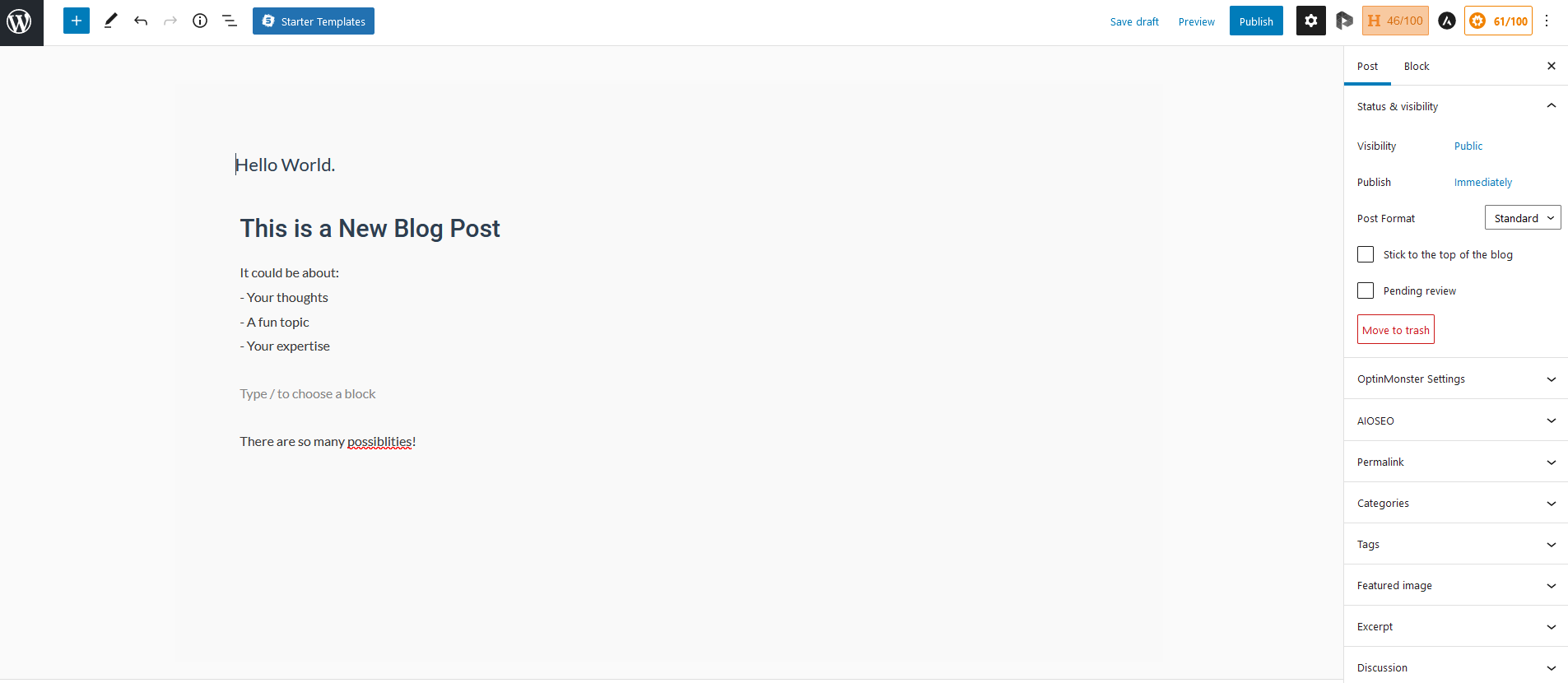At the risk of stating the obvious, ecommerce is competitive. Online shopping has been popular for decades, but it has exploded over the last few years. It’s not enough to have a great product anymore. You also need a strong brand to stand out from the competition. You might be excited by the idea of planning your brand, or you might hate the idea. Either way, we’ll walk you through the key components of doing so.
How Does Ecommerce Branding Work?
Ecommerce branding isn’t that different from any other type of branding.
Building a brand is the process of curating the different elements of your business into recognizable elements and motifs that people can use to differentiate you from your competitors. Ecommerce branding takes into consideration every aspect of a brand, including visual elements like logos and colors, character elements like voice and style, and core elements like values and mission statements.
Where ecommerce branding differs from other types of branding is the limitation of existing only online. Customers won’t find you by walking down a street or going on Google Maps. They have to find you through your online marketing, and by extension, through successful branding.
That’s why visuals are so important for ecommerce branding. Most of the online shopping experience is visual. The way you run your social media is part of your branding, as is your web design and your product photos. Customers can’t experience a physical store, so they have to base a lot of their buying decisions on your branding and how you represent yourself. You have to be able to create an appealing and consistent brand that can be marketed online.
In short, you need branding to stand a chance of getting noticed by customers and making sales. In some cases, your product can be enough, But in most cases, the branding does the heavy lifting.
A recent study by Salsify found that close to 90% of consumers said they are more likely to buy something when it comes from a brand they know and trust. This shows that you can have the same exact product as someone else in your niche but still outsell them if your branding is better. Branding also helps you connect with a target audience and plan your overall marketing.
What Makes Great Ecommerce Branding?
Branding is a lot more than choosing some colors and a logo. Branding also includes things like your voice and how you write your web copy, your brand values and mission statement, and how you interact with customers.
Great ecommerce brands usually have strong products, strong visual components, and a strong purpose that informs everything they do. Here’s a quick breakdown of the key features of a good ecommerce brand:
- A strong mission statement
- Clear core values
- A unique logo
- A relevant name
- A clever tagline
- A strong voice
- Consistent brand colors
- Consistent fonts
- Matching social media feeds
- Clear messaging
These are all things that make up a great brand, but ticking these items off will simply ensure your branding is recognizable and consistent.
The best brands go beyond this by creating a user experience that makes the brand memorable, too. Oprah famously said, “they may forget what you said, but they will never forget how you made them feel.”
Strong branding considers this by creating a user experience synonymous with your company that stays in people’s memories.
With ecommerce, this can be achieved by having an engaging, pleasurable user experience on your site and social media and by putting customer service above everything else.
Take a look at Notebook Therapy, for example:

They have the same font and nice, neutral colors across their site and their social media. They are keeping things calm, and there’s nothing too dramatic happening, but the branding is consistent, and it would be easy to recognize them again. Beyond that, the site interface is clean and playful, echoing the visual elements of color, fonts, and brand logo.
Altogether that makes for a cohesive brand that is memorable to shoppers and expresses everything a first-time visitor would need to know about Notebook Therapy.
How Do You Define Your Ecommerce Brand?
The key to branding that works is research. You can’t just decide that you like certain colors and words and use those. You need to create a brand that will resonate with your target customers and reflect their own values.
If you have an ecommerce store, you should already have done some market research into your target audience. What kind of language do they use online? What colors do other brands targeting those audiences use? Do they care about the environment? Do they care about craftsmanship? These are all things you need to ask yourself when you’re defining your brand.
You should look at your competitors for ideas but don’t imitate them. See what is working in your niche and steer your branding in that direction. If pastels are working for everyone else, maybe find a unique shade for your logo. If eco-consciousness is something your competitors are championing, maybe make your use of recycled materials and emission offsets front and center.

Here are some of the questions you should ask yourself as you define your ecommerce brand:
- What is the purpose of my company?
- What is the story behind the brand?
- What are the goals for the future of the brand?
- What voice will resonate with your audience?
- What colors appeal to your audience and niche?
- Where do you fit into your niche?
- What makes your brand different from others?
- What brand name effectively captures your product lines?
Answering these questions will make it easier for you to create a mission statement and visuals that get you noticed by the right people.
How Do You Choose Your Brand Visuals?
Once you’ve defined your brand and you have an idea of your ‘who’ and your ‘why,’ you can start looking at the visual elements of your brand. This includes things like your website, your fonts, your logo, and your colors.
If you use an ecommerce platform like Shopify, you can use one of their pre-made themes for your website and customize it with your own logo and colors. You can also use a graphic design tool like Canva to get templates for logos, website banners, fonts, and even social media posts. Canva also has a color palette tool to help you create a consistent brand look and feel across all your visuals.
And that’s the most important thing: consistency. One of the biggest aspects of creating a recognizable brand is to have consistency everywhere. That means everything from your site and social media profiles to your product packaging and advertising needs to use the same fonts, colors, language, and aesthetics.

A brand like Bittermilk shows how you can adapt a small set of core colors in a few different ways, allowing for variety while still maintaining consistency.
How Do You Define Your Brand Values?
The visual elements of your ecommerce branding might be what attracts people to your site originally, but your brand values are what will make them loyal customers.
If you look at most ecommerce websites, you’ll find a page called ‘values’ or ‘our mission’ that details why the brand exists, what its purpose is, and any social proof that backs up its claims.
Take, for example, Frank Body. Their site states clearly on their About Us page that they are vegan and cruelty-free.

The reason so many ecommerce brands do this is because getting your values right has a big effect on sales. Salsify’s report found that 64% of customer and brand relationships are driven by shared values, and 13% of consumers said they were willing to pay up to 50% more for brands that are making a positive impact.
So, how do you define your brand values? Ask yourself what you care about. Why did you launch your store? Why those products? Why did you choose the suppliers that you did? Do you want to change the world or just provide customers with some happiness? These are all part of your brand story and values.
Do some research into what’s important to your customers to help steer these sentences, but don’t lie. Consumers value authenticity above all else, so make sure your values are accurate.
From these answers, create some key sentences that summarize them. This gives you a foundation for explaining why you exist, what you stand for, and what you want customers to know.
You should also try and share any sort of proof that can back up your values and highlight them alongside your mission statement.

Things like donations, climate pledges, charity partnerships, and stewardship awards can really help show visitors and customers that you both talk the talk and walk the walk.
How Do You Increase Brand Awareness?
So, you’ve got the essentials nailed down now. You know your brand’s aesthetic and what values your brand will place in the foreground.
Now you need to market your brand and create awareness around it. Because ecommerce is so competitive, a lot of other companies will be trying to do this, too, so you need to bring your A-game to stand out.
Here are some things you can start doing as soon as you’ve decided on your branding:
- Create branded social media profiles and post on them consistently
- Create content like blog posts or podcasts about your products and values
- Integrate your new branding into online and offline advertisements
- Create an affiliate program for your products
- Run contests and giveaways
- Take part in charitable events and partner with kindred organizations

You can choose how you want to market yourself based on your budget and target audience, but the more of the above you can do, the better. To build a brand, you need to get visible and keep people talking about you, which means growing your online presence and doing noteworthy things whenever you can.
How Do You Stand Out from the Competition?
One of the hardest parts of branding as an ecommerce store is separating yourself from your competitors.
It’s easier for physical stores to decorate their storefronts differently or to showcase different items in the window. With ecommerce, you have to try and do all this just by using your website, social media, and marketing.
The key to making your mark is to find a differentiator for your ecommerce store and then use that as part of your branding. Your USP (unique selling proposition) is a simple concept that encapsulates what is different and beneficial about your business.
It should be clearly shown on your homepage and woven into much of your messaging and content. You want the first thing customers see to be what makes you different, and you want them to remember that difference.

This can be helped by some of the work you did earlier. Unique color combinations, fonts, and visual components can make you stand out from the crowd. The challenge here is to do this while still making sure that your brand resonates with your target audience.
And, if you’re hitting a brick wall there, double down on your values and actions. There might be a hundred phone case stores, but if your brand values center sustainability and giving opportunities to young designers, make that prominently part of all your branding efforts and not just your About Us or Mission page.
Should You Use a Branding Identity Service?
If you’re more overwhelmed than excited at the prospect of having to create your own brand, you can hire someone to help you. That’s where brand identity services come in.
These are agencies that can help you through every step of the branding process, from naming your business and store to choosing colors and writing your core values. They’ll have the experience and know-how to create a unique brand for your organization that leverages consumer psychology as much as it does market research.
If you have a small online store, you get excited about graphic design, or you understand your audience well, you can probably do your own branding using tools like Shopify and Canva. But, if you have a bigger store, want to get brand recognition ASAP, or plan to scale rapidly, you can opt for a branding service like Tenet.
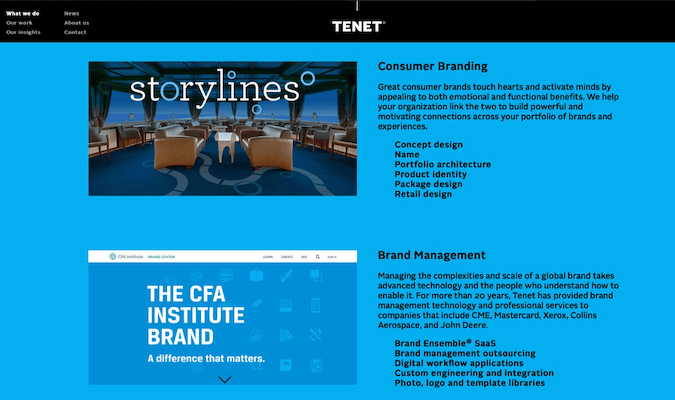
If you want to learn more about the best options out there for getting branding done for your ecommerce operation, check out our full list of the best logo and brand identity services.

